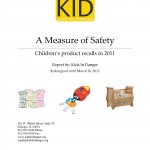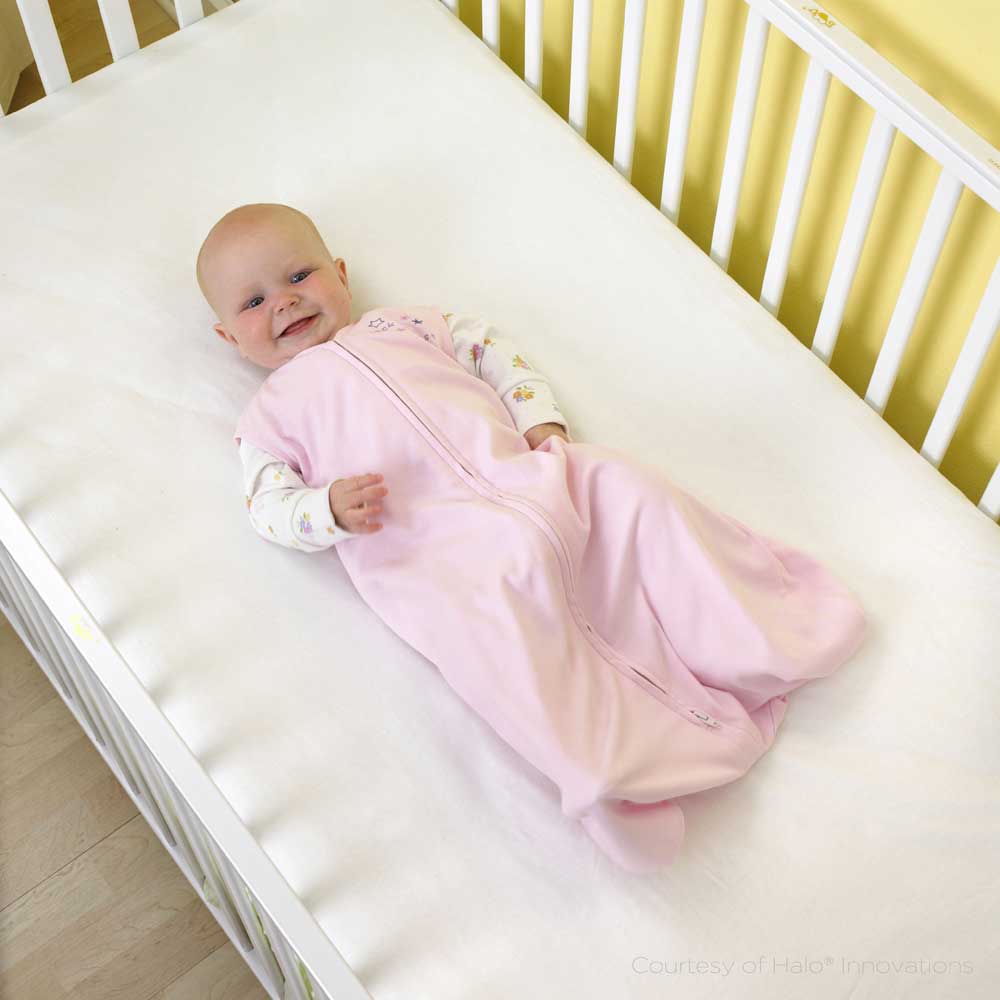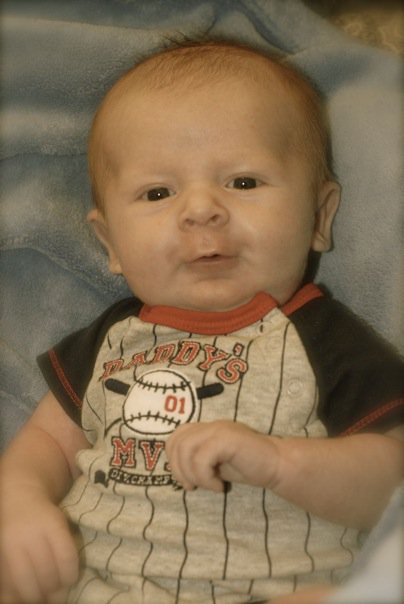
Children’s product recalls announced by CPSC in 2011 dropped by 24% to 121, the lowest number since 2006. KID just released A Measure of Safety: Children’s Product Recalls in 2011.
The report found that children’s product recalls dropped, but it is hard to attribute the drop to specific measures because of the secrecy surrounding the recall process. We don’t know if CPSC looked to recall more products and were unable to persuade manufacturers, or if this represents a decrease in dangerous products in the marketplace. It is clear that recalls for lead violations and drop-side cribs were down, just as new requirements for standards and testing came into effect.The new requirements were part of the landmark 2008 Consumer Product Safety Improvement Act (CPSIA), a portion of which is named for Danny Keysar, whose parents founded KID. Children’s product recalls in 2011 totaled over 11.6 million units, including three recalls that involved 1 million or more units.
The drop in recalls and in the number of deaths in recalled products is encouraging, but more analysis is needed of reports of injuries and incidents, such as those reported in SaferProducts.gov, that haven’t resulted in recalls.
Additional findings of the report include:
- Thirty-nine percent (121) of the products recalled by CPSC were children’s products.
- Nursery products were the most-recalled category with 30% of children’s recalls, followed by toys (26%).
- There were 3 recalls of 1 million or more units, down from 11 last year. The largest recalls were for 1.7 million infant monitors that can cause strangulation and 1.7 million toy workbenches and tools that had been involved in near misses when toddlers got the pieces stuck in their throats.
- The most injurious product prior to recall this year? Little girl’s Keds shoes with decorative stars that caused 27 reports of lacerations.
- There were 3 deaths reported prior to recall in these products, two strangulations involving a nursery monitor and one entrapment in a bunk bed.
- Three products had more than 100 reports prior to recall including a swing set, remote control helicopter and pogo sticks. The Adventure Playset Swingset had 500 reports.
- Fourteen sleep environment products were recalled, including cribs, a bassinet, a co-sleeper, bunk beds and a canopy bed.
- CPSC imposed a total of $3.9 million in fines for companies who violated safety regulations, mostly for failing to report choking, poisoning and drawstrings in clothing and one for selling a banned substance.
- Seventy percent of recalling companies offer a full refund, replacement product or merchandise credit, 27% offer a repair kit or replacement parts and three percent offer only new labels or nothing at all.
- Eleven (9%) of the recalled products were reported to SaferProducts.gov prior to recall and 13 (11%) had reports after the recall was announced.
As two of KID’s research reports have shown, recalled products continue to show up in incident reports at SaferProducts.gov. With new safeguards in place with the implementation of Danny’s Law, CPSC should focus now on ways to increase the likelihood recalled products will be removed from use. The sign that more companies are offering refunds is a positive step, but more must be done.
KID recommends that parents check the products used with their children at www.SaferProducts.gov for recalls and injury reports and sign up for safety updates at www.KidsinDanger.org. In addition, parents should report problems with a product both to the manufacturer and to CPSC at www.SaferProducts.gov, and urge elected representatives to protect CPSIA’s provisions and make children’s product safety a priority.


